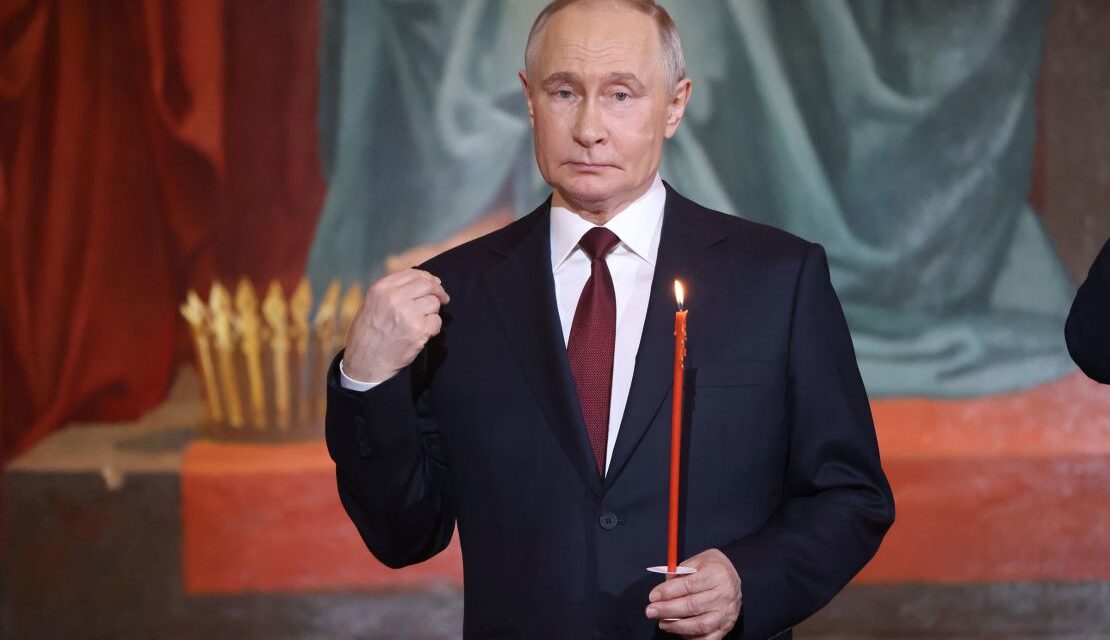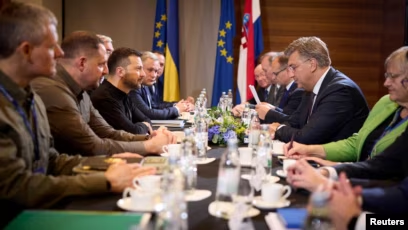Moscow’s abrupt, 30-hour “Easter truce” was less a pathway to peace than a stage-managed gambit aimed at shaping perception and buying leverage. Announced unilaterally and on impossibly short notice—just after Washington signaled it wanted immediate proof the Kremlin was serious—the pause created a dilemma for Kyiv and its partners: accept a ceasefire they did not help design or risk being cast as the side that “doesn’t want peace.” The move’s mechanics were the tell. Sudden battlefield halts are notoriously hard to implement without coordination, verification, or shared rules; they sow confusion on busy frontlines and invite mutual accusations of violations. Far from demonstrating goodwill, the timing and format looked engineered to placate U.S. demands while handing Moscow a propaganda line if fighting inevitably continued somewhere along a thousand-kilometer front. It fit a pattern: Russia has floated unilateral, holiday-framed lulls before, without durable effect, and a poorly defined “energy-only” pause earlier in the year was mired in mismatched announcements and immediate claims of breaches. The net effect, CNN’s analysis argued, was to corrode trust in diplomacy rather than build it. RNZ
On the ground, little suggested a meaningful change in behavior. Kyiv reported strikes and shelling as the clock ticked toward the start time, underscoring how a ceasefire proclaimed from Moscow, absent joint planning, cannot reliably stop a complex, decentralized war. U.S. pressure mattered to the choreography—Washington had warned it might “move on” without tangible movement—but the Kremlin’s offer was a day and a bit, not the 30-day, unconditional ceasefire Kyiv said it had already accepted in principle. That asymmetry reinforced the interpretation of the truce as narrative warfare: a maneuver to manage optics, test Western resolve, and force Ukraine into reactive postures. A real ceasefire, the analysis emphasized, begins with negotiation and preparation, not a televised order and a hope it somehow holds.












